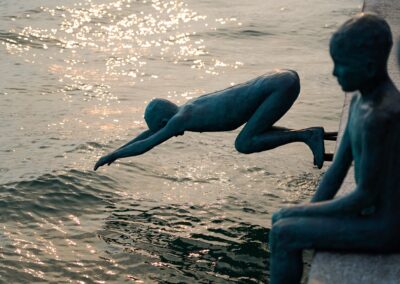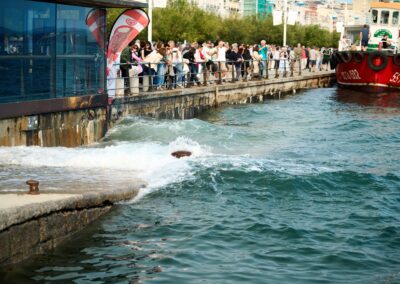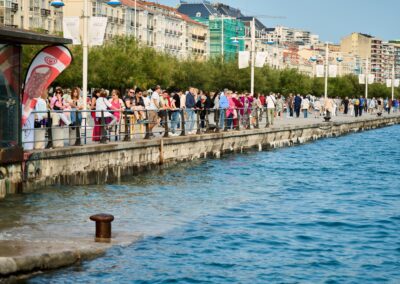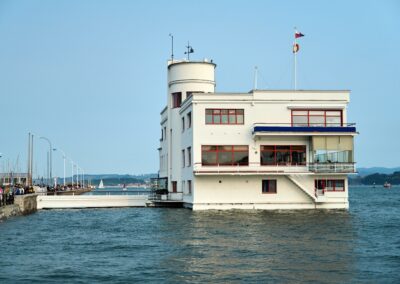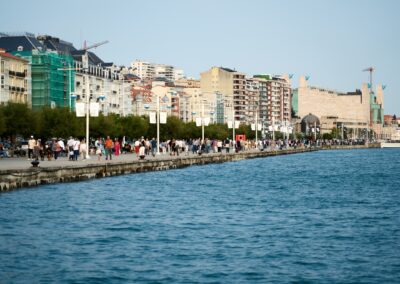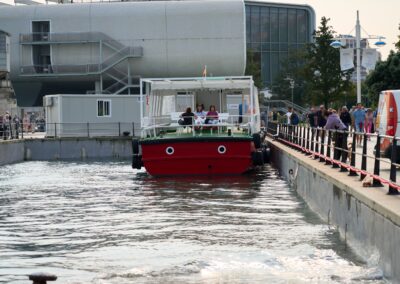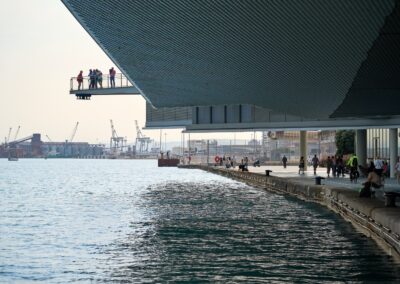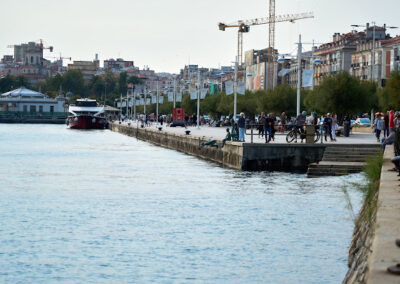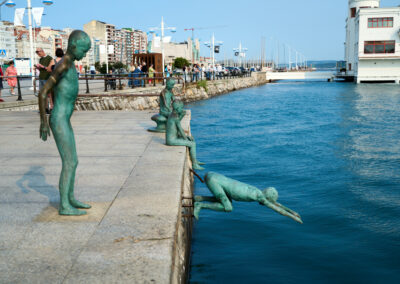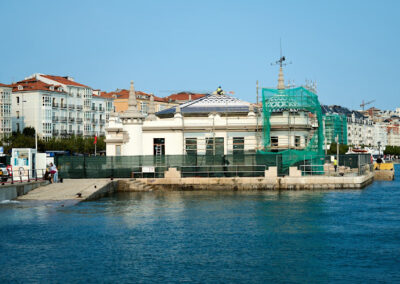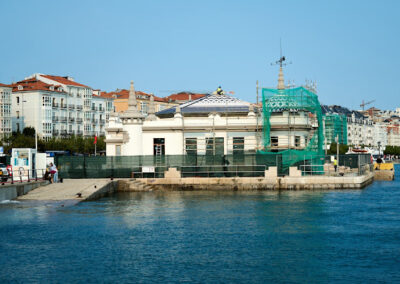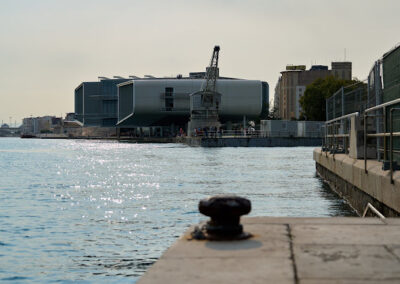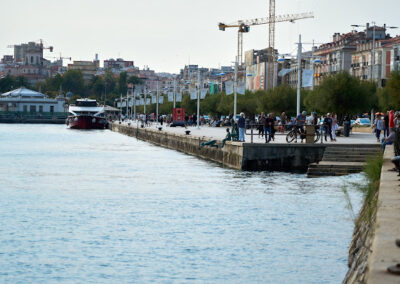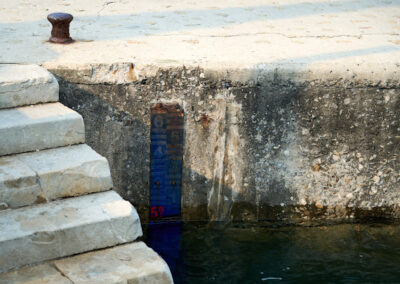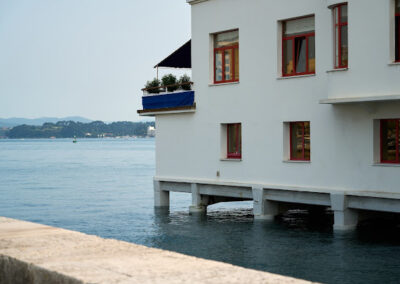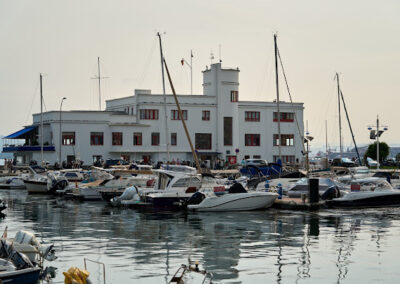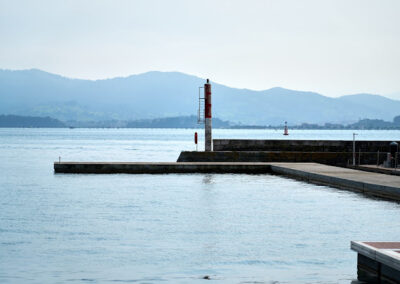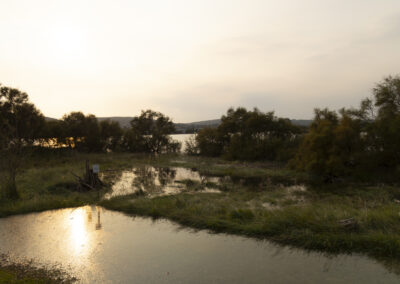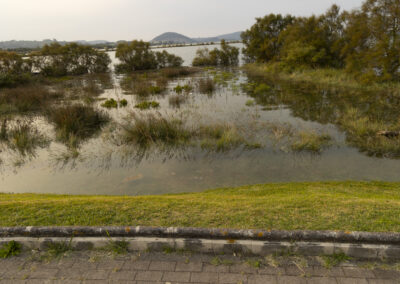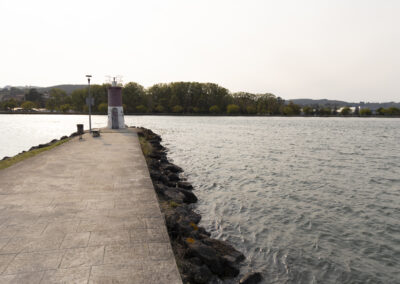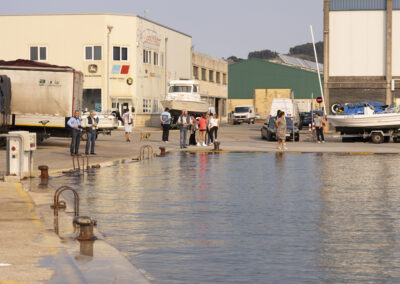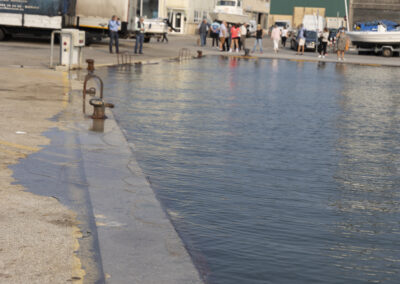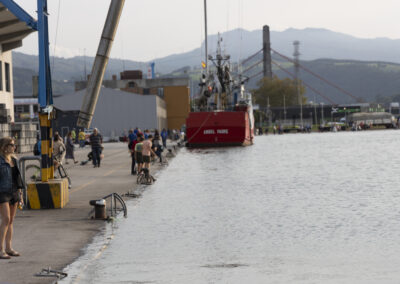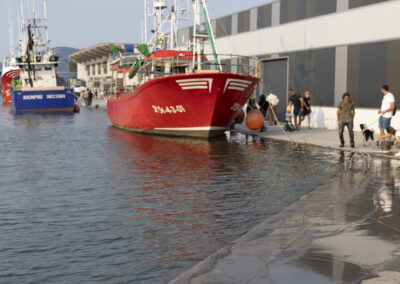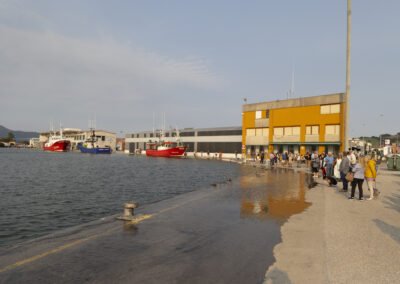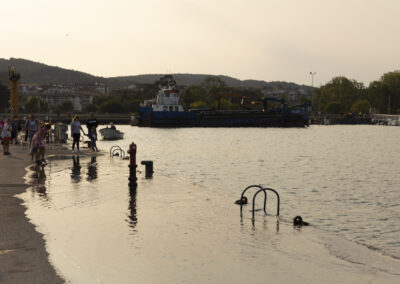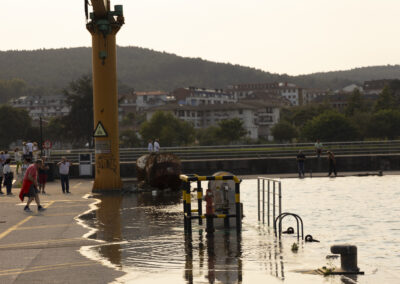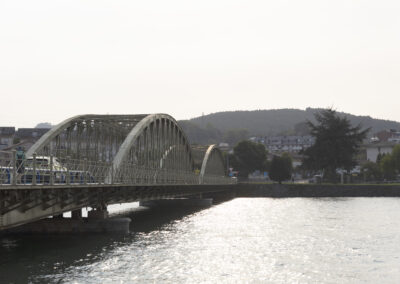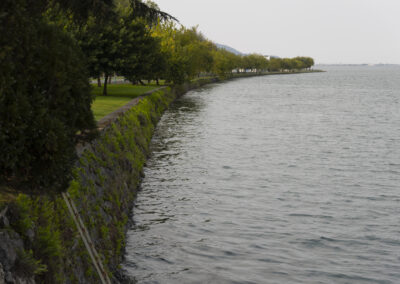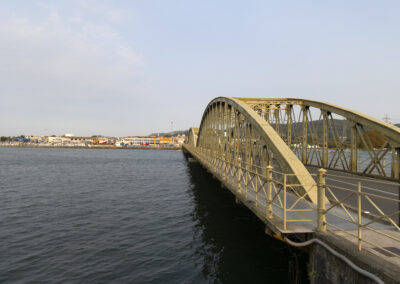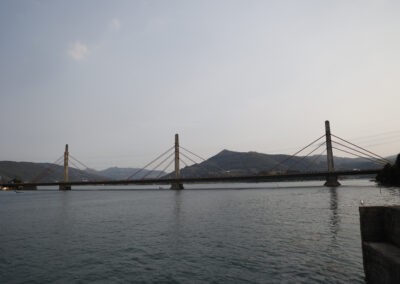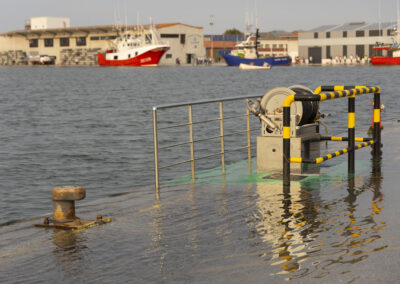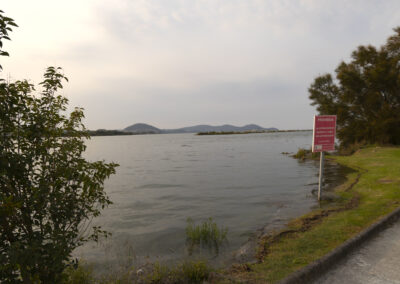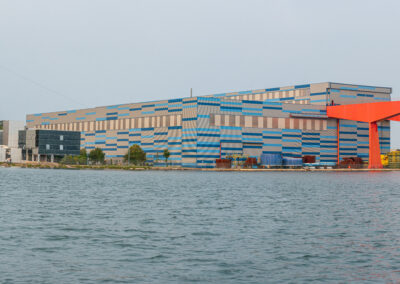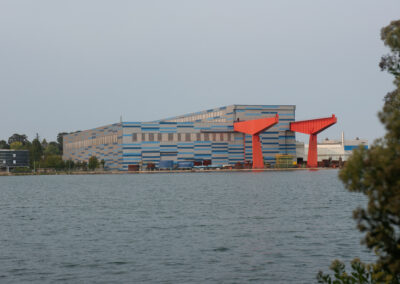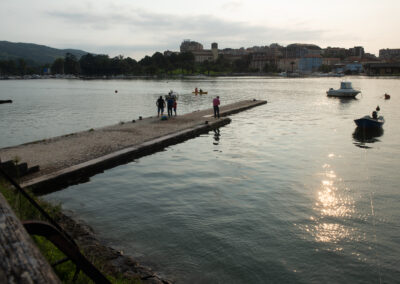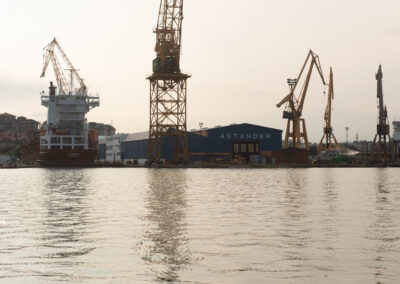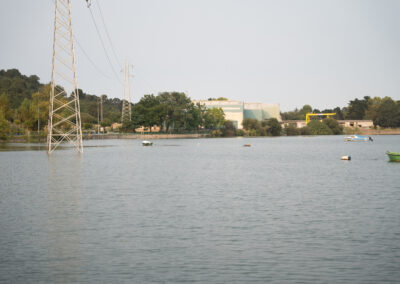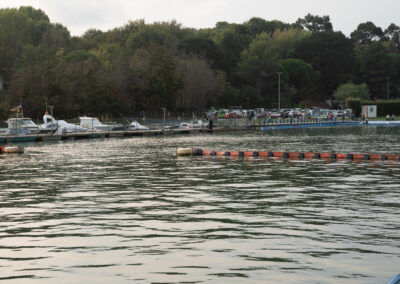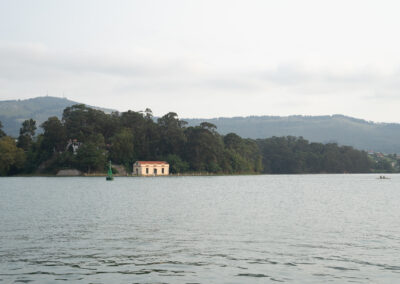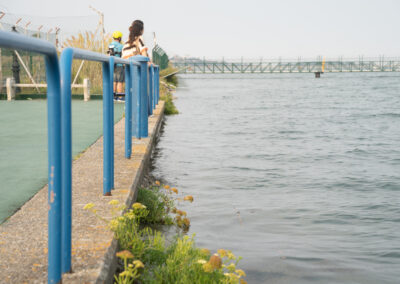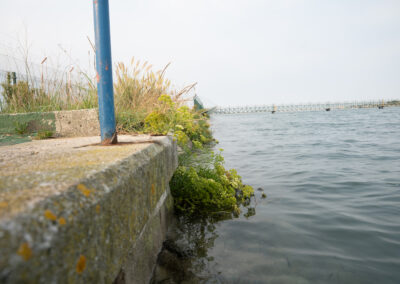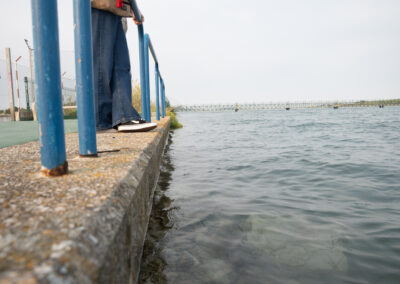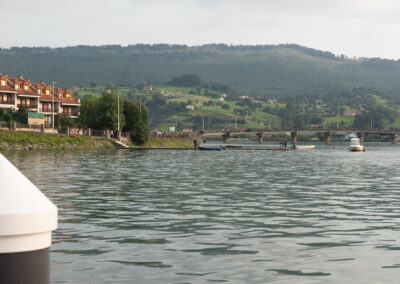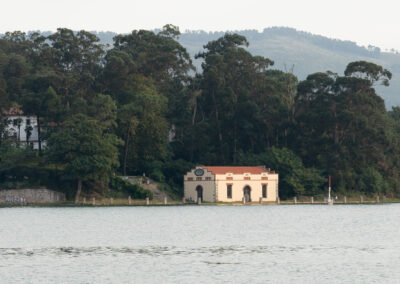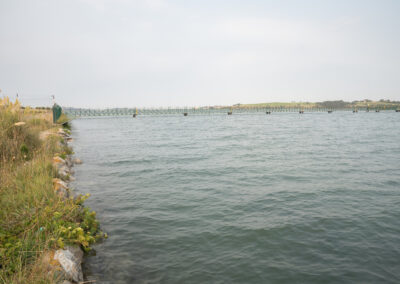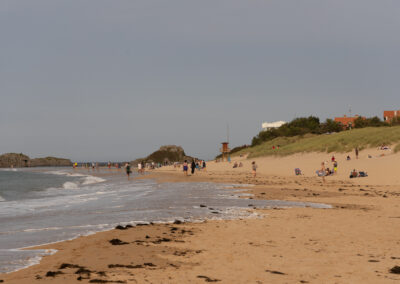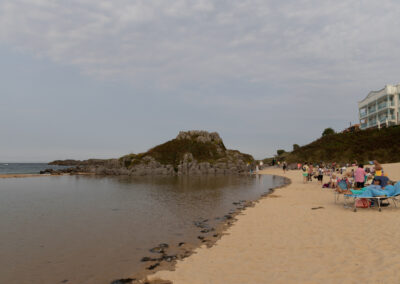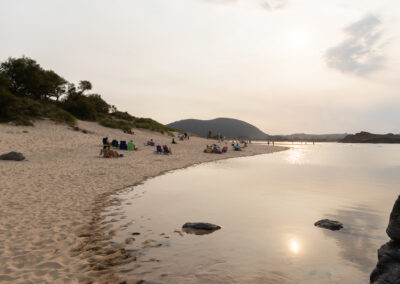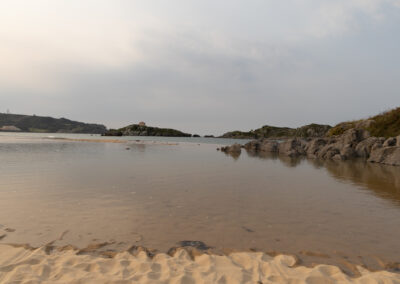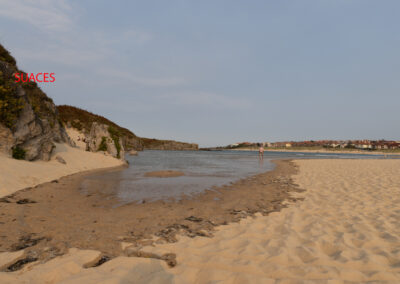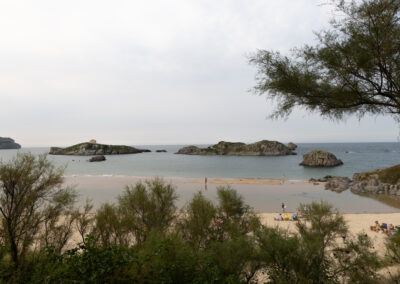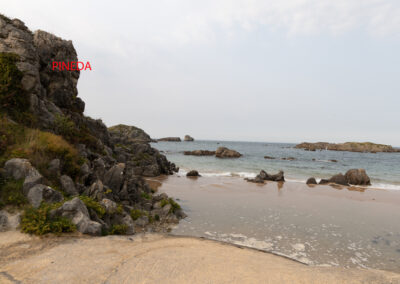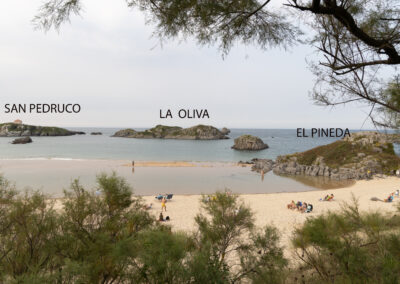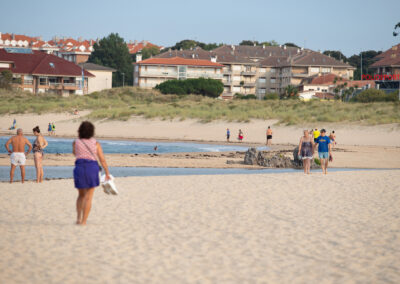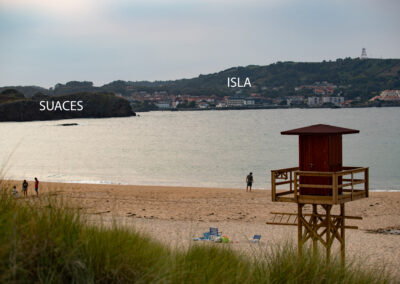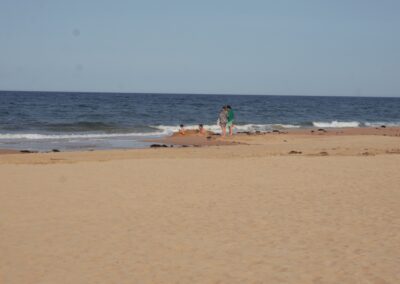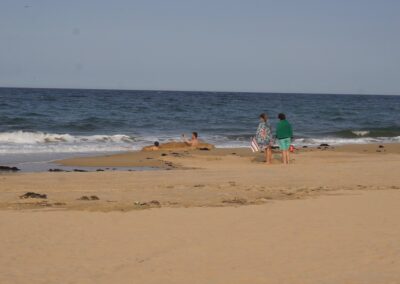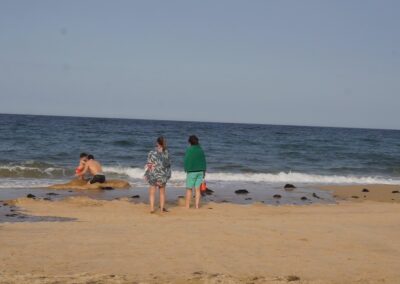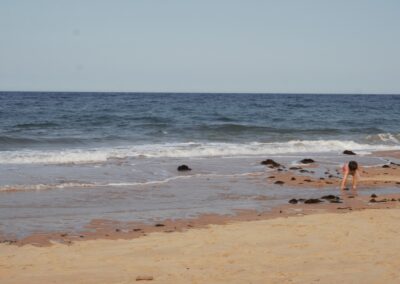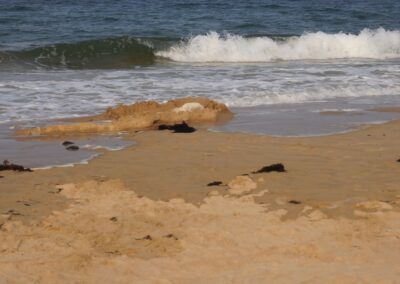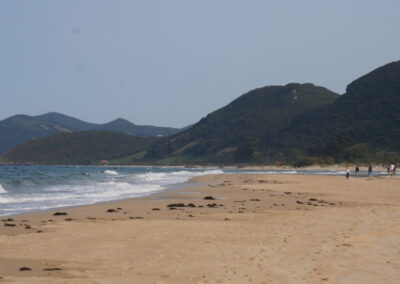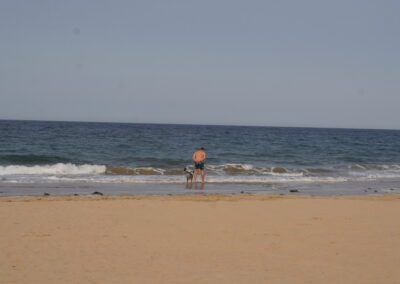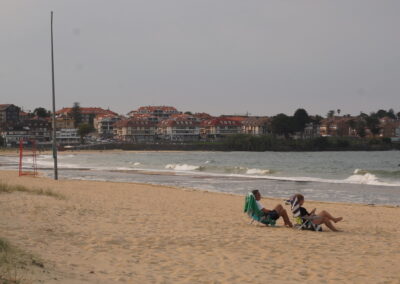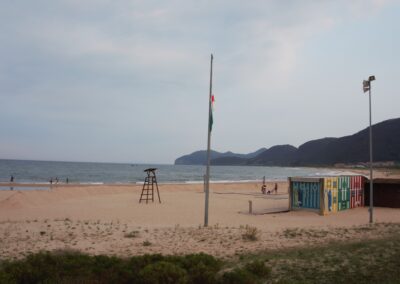IHCantabria’s contribution to the scientific understanding of tidal phenomena: a journey along the coast of Cantabria
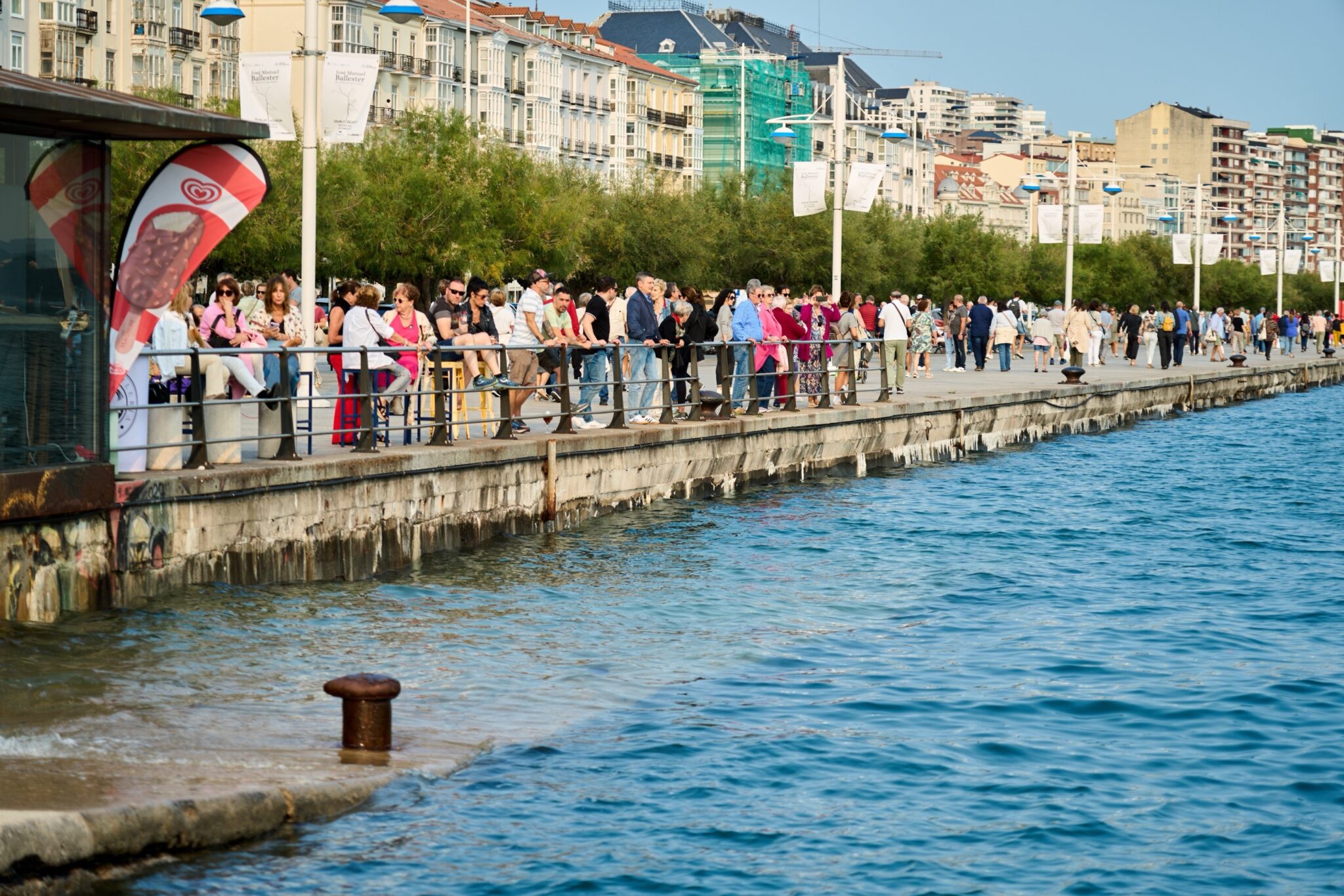
The maximum level recorded on September 19 was historic, because it reached up to 5.34 meters with respect to the reference level of the Port of Santander (which is equivalent to 2.89 meters with respect to the average level of the Mediterranean in Alicante), according to data provided by the tide gauge of Santander.
IHCantabria research staff will continue to analyze the information received on the tidal situation on the Cantabrian coast, in order to inform the authorities in charge of coastal and port management, so that they can take the necessary measures to prevent or avoid possible risks in the most exposed areas of the coast.
The Institute of Environmental Hydraulics of the University of Cantabria(IHCantabria) reported that, despite the extraordinary magnitude of these tides, the total sea water level -the sum of the astronomical tide and the meteorological component- did not reach extreme values.
This was due to the concurrence of the tides with mild atmospheric conditions, characterized by the absence of major squalls or low pressure.
For some families, this occasion was a unique opportunity to connect with nature.
A father from Noja, for example, took advantage of the visit to Trengandín beach to teach his son about the importance of protecting the coasts.
Together they built a sand wall with their hands, simulating some of the nature-based solutions being discussed at institutions such as IHCantabria.
With great enthusiasm, the father explained to his son how engineering can provide solutions that help protect beaches, and mitigate the effects of climate change, to better adapt them to phenomena such as the tides recorded between September 18 and 20.
“Situations like this remind us how powerful nature is, but also invite us to reflect that, if we act in time, we really can adapt and protect our coasts,” commented the father, while playing with his son.
From Wednesday to Friday, many people came with curiosity to witness the low tide and high tide along the Cantabrian beaches, since for those days the tides were expected to experience rises and falls of greater magnitude than usual.
Many cameras were pointed to the horizon, trying to immortalize this unique moment, especially during the high tide of September 19.
The maximum level recorded that day was historic, because it reached up to 5.34 meters with respect to the reference level of the Port of Santander (which is equivalent to 2.89 meters, with respect to the average level of the Mediterranean in Alicante), according to data provided by the tide gauge of Santander, from the network of measurements REDMAR of Puertos del Estado.
This value, although high, was not higher than that recorded in September 2023 or in February this year, thanks to the mild weather conditions this week.
What happened with last week’s tides was an impressive visual experience and an opportunity to reflect on the importance of scientific research.
While capturing images in the coastal zone, many people talked about the need to protect the coastline and how timely the information provided by IHCantabria to coastal planning and management authorities was.
Events like this are a reminder of the close relationship between humans and their coastal environment. Thanks to the work of institutions such as IHCantabria we can advance information on the arrival of these phenomena, in order to better understand them and, above all, to ensure the protection of our coasts for future generations. Relevance of tides in coastal areas Astronomical tides are the result of the gravitational attraction exerted mainly by the Moon and the Sun on the oceans, which generates predictable rises and falls in sea level.
Each month, when these two stars are aligned, as occurs during the new and full moon phases, so-called neap tides are generated, which are usually more pronounced during the equinoxes of March and September.
Spring tides are astronomical tides with a greater than average tidal range and usually occur most intensely between the months of September-October and February-March.
In addition, from time to time, there is a modulation of these tides, due to small variations in the astrophysical conditions of the Earth, the Moon and the Sun.
They stand out, for example, of the perigee cycle every 4.4 years, as a consequence of changes in the elliptic of the Moon or the nodal cycle, every 18.6 years, caused by changes in the declination of the Moon (angle between the lunar orbital plane and the equatorial plane of the Earth).
On the Cantabrian coast, spring tides can cause differences in sea level of more than 4.5 meters in a few hours (from low tide to high tide of a tidal cycle) and maximum heights, during high tide, of more than 5.20 meters, taking as a reference the zero of the Port of Santander.
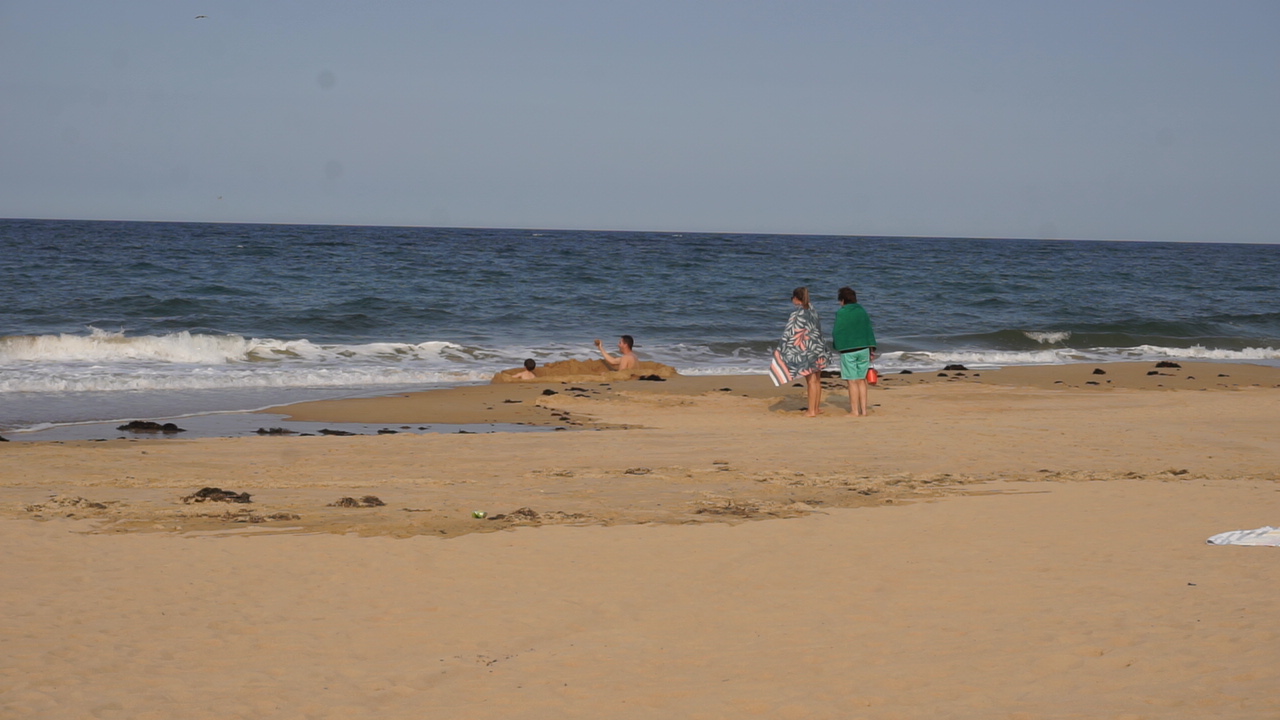
During the high tide of September 19, a father took the opportunity to build a sand wall with his son on the beach of Trengandín, in Noja.
While they played, he taught him how important it is to look for solutions to protect the coasts and mitigate the effects of climate change, to better adapt them to phenomena such as the tides recorded the previous week.
“My son loves this kind of activities, maybe one day he will become an engineer,” his father commented proudly.
Images of the high tide of September 19, 2024, taken in Santander.
Images of the high tide of September 19, 2024, taken in Colindres.
Images of the high tide of September 19, 2024, taken in Camargo/Astillero.



